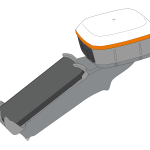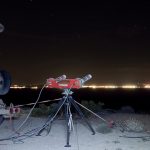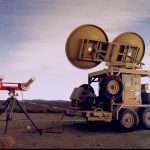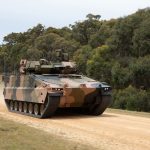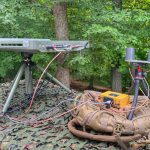Surveying Just Got Easier – Again
Juniper Systems has introduced a simple but ingenious device, the Geode Grip. It is basically a mounting bracket to which users can attach a GNSS receiver and a smartphone or tablet data collection device, ergonomically designed to be held easily in one hand.
By Peter Gutierrez
